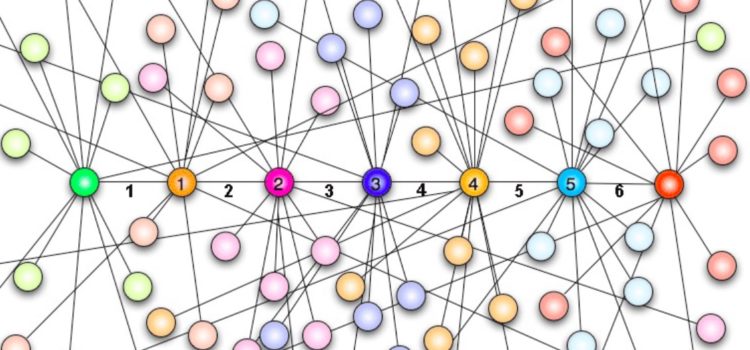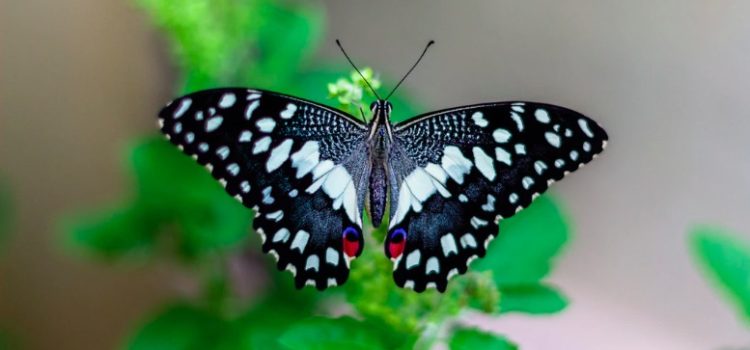Who is Nassim Nicholas Taleb? How did he develop his popular “black swan” theory? The Black Swan is the second book in former options trader Nassim Nicholas Taleb’s five-volume series on uncertainty. This book analyzes so-called “Black Swans”—extremely unpredictable events that have massive impacts on human society. We’ll explore how Nassim Nicholas Taleb became obsessed with probability (or, more accurately, improbability) and how he developed his theory of black swans.
Origins of Nassim Nicholas Taleb’s Black Swan Obsession










